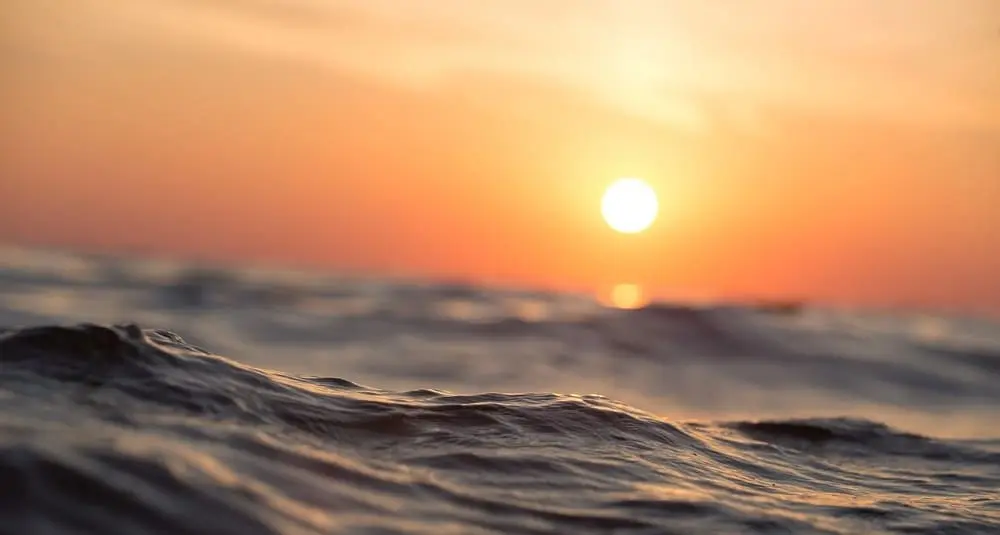Which is the warmest sea in the world?
Last Updated:
The Red Sea, which stretches between East Africa and the Arabian Peninsula, is reputed to be the warmest sea in the world. Its high temperatures, exceptional marine biodiversity and historical significance make it a subject of interest for scientists and travelers alike.
The Red Sea stretches for some 2,250 kilometers, from the Gulf of Aden in the south to the Suez Canal in the north. Its width varies between 200 and 355 kilometers, and its maximum depth is around 2,850 meters. It is bordered by several countries, including Egypt, Sudan, Eritrea, Djibouti, Saudi Arabia and Yemen.
The waters of the Red Sea are particularly warm, with surface temperatures ranging from 26°C in winter to 30°C in summer. This heat is due to several factors:
- Surrounding desert climate: The regions bordering the Red Sea are predominantly desert, which contributes to high ambient temperatures that warm the water;
- Weak ocean circulation: The Red Sea is relatively isolated from the main ocean currents, limiting mixing with colder waters;
- Intense sunshine: The region enjoys abundant sunshine throughout the year, which raises the water’s surface temperature.
These conditions make the Red Sea a unique environment, with some of the highest temperatures of any sea.
Despite its high temperatures, the Red Sea is home to a rich and varied marine biodiversity. It is famous for its colorful coral reefs, which stretch for over 2,000 kilometers. These reefs are home to over 1,200 species of fish, around 10% of which are endemic, i.e. found nowhere else. The warm waters are also home to various species of shark, sea turtle and dolphin.
The Red Sea plays a crucial role in the economies of the countries that border it. It is an essential seaway for international trade, linking Europe to Asia via the Suez Canal. What’s more, its coral reefs and beaches attract millions of tourists every year, particularly in Egypt, where resorts such as Sharm el-Sheikh and Hurghada are renowned for scuba diving and snorkelling.
Despite its resilience, the Red Sea ecosystem faces a number of threats:
- Climate change: Rising global temperatures can exacerbate the warming of waters, affecting the health of corals and marine species;
- Pollution: Human activities, particularly maritime traffic and coastal development, cause pollution that threatens biodiversity;
- Coral bleaching: Prolonged high temperatures can cause coral bleaching, reducing their ability to survive and support other forms of marine life.
The Red Sea, with its warm waters and exceptional biodiversity, is a natural treasure of global importance. However, conservation measures are essential to preserve this unique ecosystem in the face of current environmental challenges.
You may also be interested in
geography

Which is the warmest sea in the world?
Answer
The world's warmest sea is the Red Sea, located between Africa and the Arabian Peninsula. Its waters can reach 30°C in summer.